Sleep apnea, also called obstructive sleep apnea or OSA, is not a new disorder but its symptoms have been observed for decades. It’s with the prominence of comorbidities such as obesity, COPD, asthma, ADHD and COVID-19, we have become more aware of the associated symptoms, such as the following:
- Excessive daytime sleepiness.
- Loud snoring.
- Observed episodes of stopped breathing during sleep.
- Abrupt awakenings accompanied by gasping or choking.
- Awakening with a dry mouth or sore throat.
- Morning headache.
- Difficulty concentrating during the day.
- Mood changes, such as depression or irritability.
Also, with the advancements of CPAP technology and various medical treatments, we also are much more informed of how to treat OSA with CPAP therapy marketing in commercials, articles, news outlets and social media content. How did it all start?
A Brief History of OSA or Obstructive Sleep Apnea
“While sleep apnea itself wasn’t named and officially designated as a disorder until the late twentieth century, records indicate that the symptoms were noticed and remarked upon nearly 2,000 years ago. In the nineteenth century, doctors began to lump sleep apnea symptoms together using the name “Pickwickian syndrome”. The name came from Charles Dickens’ The Pickwick Papers, in which an overweight character named Joe exhibited symptoms of what would later become known as sleep apnea.”
– EOS Sleep

The core symptom that was seen as a key indicator of Pickwickian Syndrome was body fat, but soon the medical researched realized this was not the only reason for developing sleep apnea. During the 1950-60s, new research emerged showing evidence of breathing apneas occurring during patients’ sleep. In 1965, sleep apnea was discovered and first mentioned in medical literature. In the 1970s, analysis of sleeping dogs were researched, using tracheotomies to treat their condition, which eventually surprising was used on humans as well. In the early 1980s, Colin Sullivan developed the first mask that was an early form of continuous positive airway pressure, hence CPAP. By the late 1980s, the formerly bulky and noisy devices were replaced by quieter, streamlined designs.
Today, not only is OSA a highly recognized and treated disorder but the host of treatments have expanded to non-surgical treatments include Continuous Positive Airway Pressure (CPAP), positional therapy, use of oral appliances, nasal resistors, oropharyngeal exercises, and behavioral measures, including weight loss when indicated, frequent physical exercise, avoidance of alcohol and sedative medication before bedtime.
While CPAP therapy is the most effective and most commonly used treatment for sleep apnea and OSA, we have discussed various alternatives from surgical to non-surgical treatments at our blog: “Who Can and Cannot Use CPAP Therapy and What are the Alternatives?”
At Everything CPAP, we understand how serious of a problem untreated sleep apnea can be for your health, so it’s our mission to ensure we do everything we can to help you have a great experience with your CPAP therapy from the first time you come in and every time after for years to come. We offer the highest quality supplies and most high-tech CPAP machines available on the market; and we provide responsive and customized care to each patient so they are successful in treating their sleep apnea.
With that mission in mind, we are also up on the latest news, trends and innovations when it comes to treating OSA. So here are some recent articles and studies that we’d like to share with you.
ARTICLE 1: ‘Early birds’ use CPAP machines longer, reaping greater health benefits – by YaleNews
(March 2023)
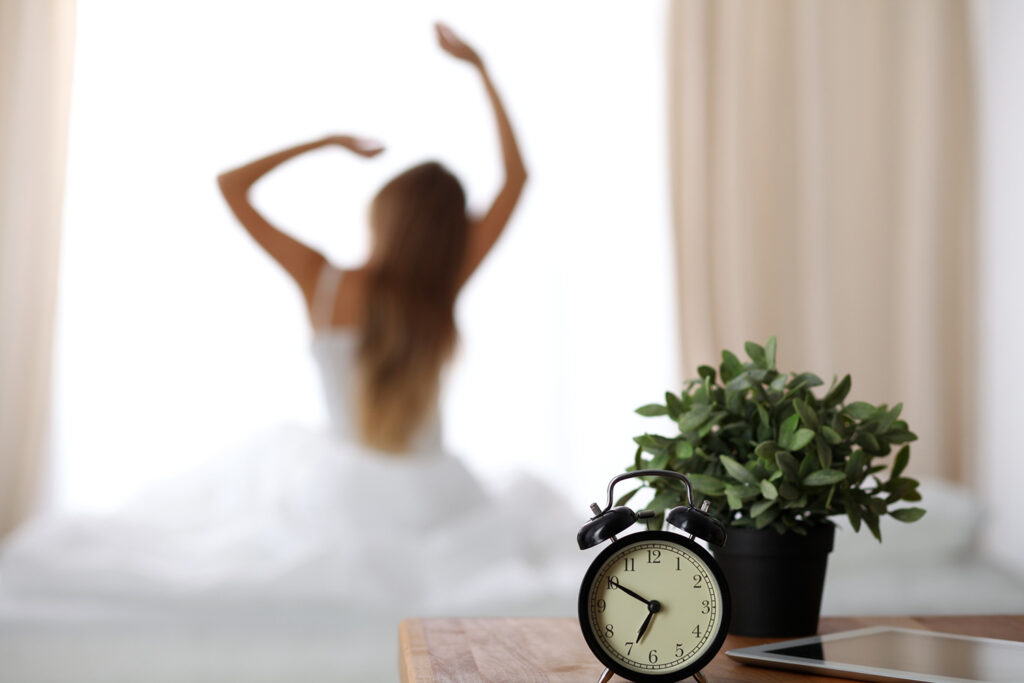
EXCERPT: “CPAP machines treat sleep apnea, but many patients don’t use them as directed. A new study finds ‘morning people’ use theirs more during the night than others. A new Yale study reveals that a person’s biological clock may affect how well they adhere to proper CPAP use. Specifically, “morning people,” or those who prefer to wake earlier, were more likely than others to use their devices for longer periods as they slept, the researchers found. This revelation, they say, could help physicians anticipate adherence issues and navigate them proactively.”
OUR COMMENTS: Early bird risers or morning people tend to be more disciplined overall and more productive throughout the day. With an increased focus on routine especially when it comes to their sleep hygiene, it would make sense that early risers are more disciplined in properly using, preparing and cleaning their CPAP devices. We tell our patients to make it a routine, much like brushing your teeth at night. Those who have no determined time to get up or go to bed, have less routine in their lives and thus less disciplined and unfortunately may result in less adherence for their CPAP therapy.
ARTICLE #2: Sleep Apnea Linked to Brain Aging, Dementia, and Stroke – by WebMD
(May 2023)
EXCERPT: “People with sleep apnea who spend less time in deep sleep are more likely to have brain health problems that could lead to dementia, Alzheimer’s disease, or a stroke, a new study shows. Previous research has shown a connection between sleep problems and cognitive decline and dementia, and this latest study sought to explore potential causes. Researchers from the Mayo Clinic examined two measures of brain health in people with sleep apnea. Using pictures of the brain from MRIs, they could detect signs of aging in the brain’s white matter and nerve connections. Reduced deep sleep (also called slow-wave or non-REM stage 3) was directly related to how old people’s brains appeared to be. The less time someone spent in deep sleep, the older their brains looked.”
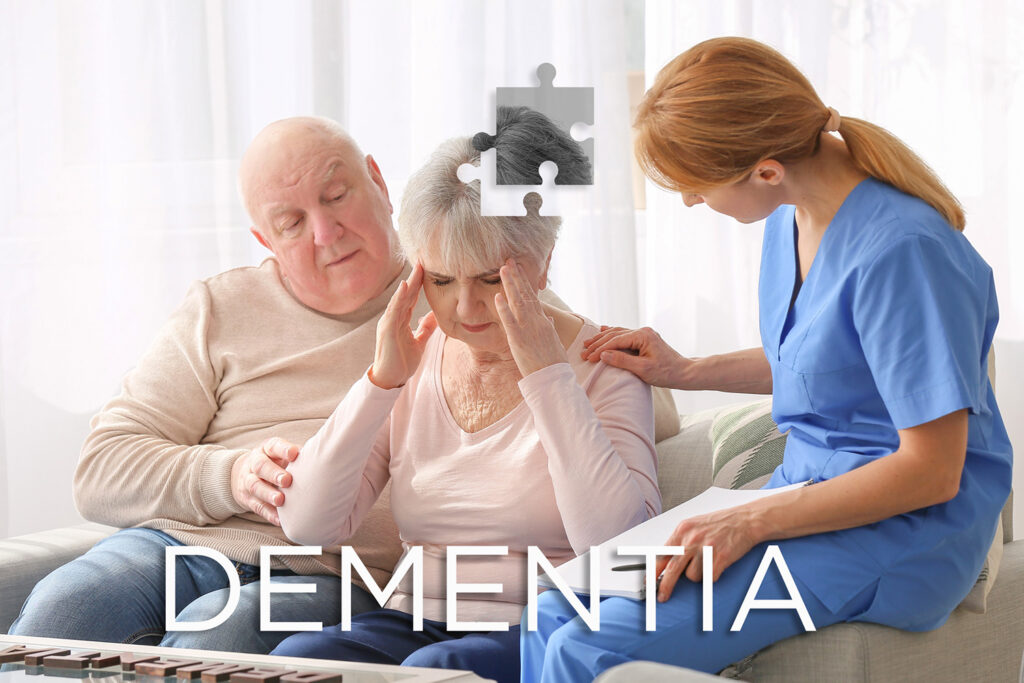
OUR COMMENTS: The two basic types of sleep are the REM sleep (rapid eye movement) and non-REM sleep, which are linked to various brain waves and brain activity. A good night’s sleep is defined as equitable time in each stage of sleep, with various cycles of the various stages throughout the night. What are the four stages of sleep and what purpose do they serve?
- The N1 Stage enables the body to begin its necessary processes to enter the other stages of deeper sleep. It’s where the body and brain activities start to slow. This is the stage where it is easiest to awake, so if uninterrupted the sleeper may not enter this stage again.
- In the N2 Stage there are short bursts of brain activity which actually resist the sleeper from being woken up from external disruptions and help improve transition into the next phase of sleep.
- Stage N3 creates an environment for bodily recovery and growth, boost the immune system, and improves the area of the brain that is responsible for insightful thinking, creativity and memory.
- And finally in REM Sleep, your cognitive functions (memory, learning, creativity) are improved and restored. It is thought that dreaming occurs in this stage of sleep.
We have been sounding the alarm for years about why quality sleep is essential to your health and how poor-quality sleep can result in a series of other comorbidities including obesity, high blood pressure, diabetes, cardiovascular disease, depression, anxiety, ADHD, increase risk of Alzheimer’s, as well as shorten life expectancy. For more information about how quality sleep is essential to your health.
ARTICLE #3: CPAP Improves Lung Function in Patients With Sleep Apnea and COPD by The American Journal of Managed Care (AJMC)
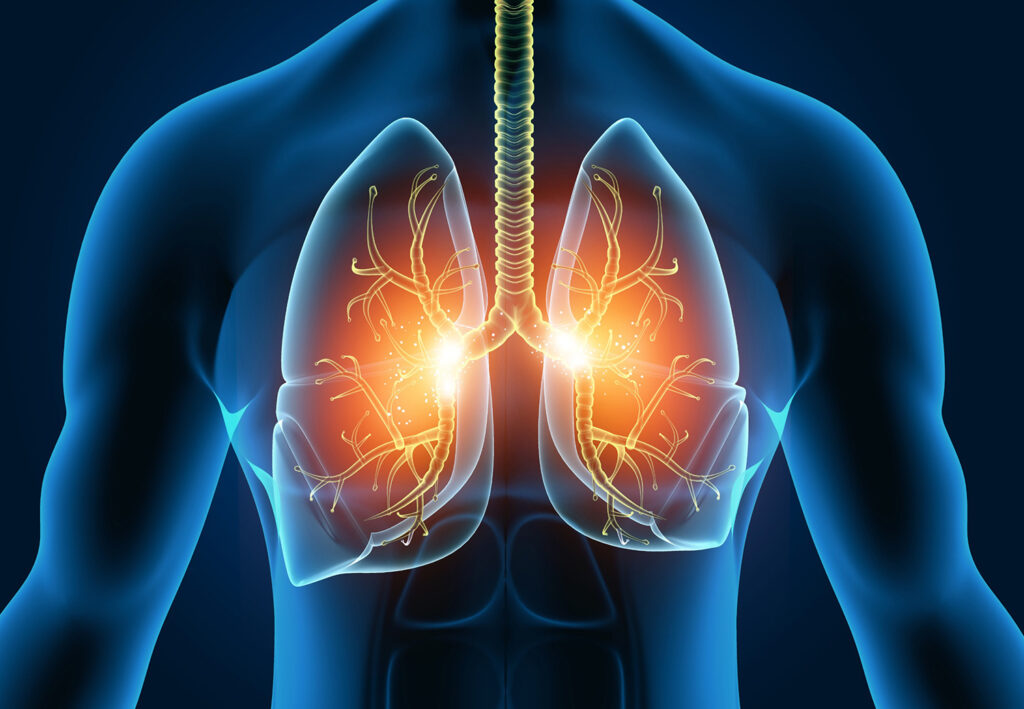
EXCERPT: “Patients with good compliance to continuous positive airway pressure (CPAP) treatment had a lower number of acute exacerbations related to chronic obstructive pulmonary disease (AECOPD) and showed improved lung function and COPD-related symptoms, compared to those with poor compliance, according to a study on patients with overlap syndrome (OS) for obstructive sleep apnea (OSA) and COPD. Moreover, this study addresses the central role of compliance to OSA treatment with CPAP on the management of these patients, a finding that merits further research in the field of OS.”
OUR COMMENTS: It is important to consider some limitations of the study, including its observational nature and the relatively small sample size. The overrepresentation of males compared to females in the study population was also acknowledged as a potential limitation.
Nevertheless, the findings of this study suggest that good compliance with CPAP treatment in OS patients can lead to several benefits, including a reduction in COPD exacerbations and improvements in various COPD-related outcomes. The researchers highlight the importance of further research in this field to better understand the role of CPAP compliance in the management of OS patients.
Overall, this study contributes to our understanding of the potential benefits of CPAP treatment compliance in individuals with overlap syndrome, emphasizing its positive impact on COPD outcomes and the importance of adherence to therapy.
ARTICLE 4: Helmet CPAP Leads Noninvasive Ventilation Therapies for Acute Respiratory Failure by MedPage Today
(April 2023)
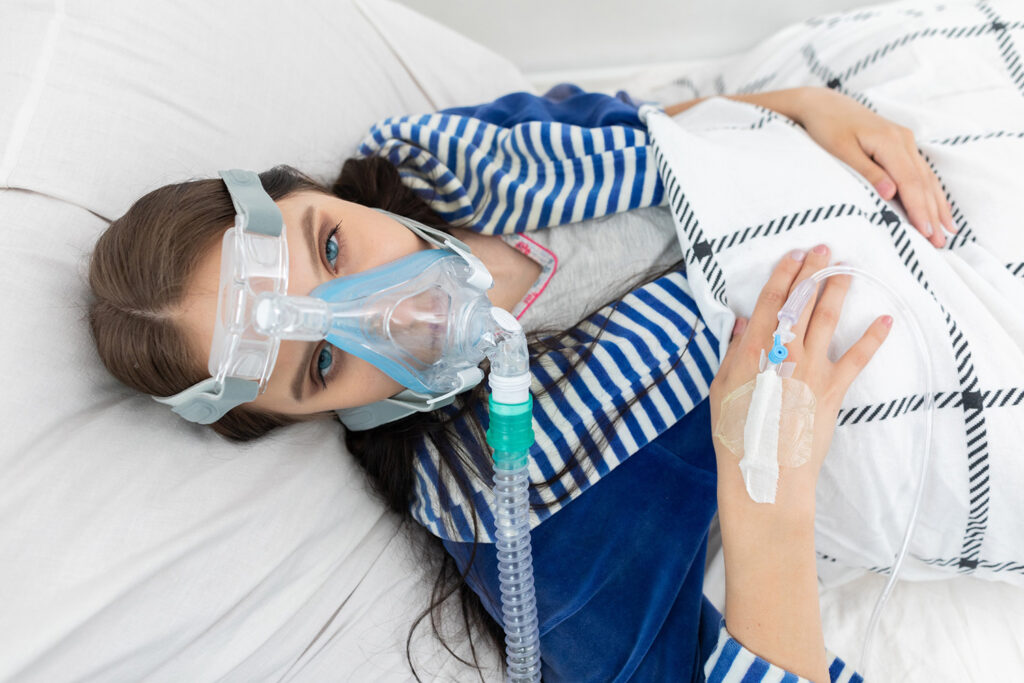
EXCERPT: “The available noninvasive oxygenation strategies varied in their effectiveness in treating acute hypoxemic respiratory failure (AHRF), according to a meta-analysis of randomized trials. Helmet continuous positive airway pressure (CPAP) was the only modality that had at least moderate certainty evidence backing a probable mortality reduction compared with standard oxygen therapy (SOT; 231 fewer deaths per 1,000), reported Tyler Pitre, MD, of McMaster University in Hamilton, Ontario, and coauthors.”
OUR COMMENTS: It’s important to understand this was a meta-analysis of other people’s data while researching noninvasive oxygenation strategies for treating Acute Hypoxemic Respiratory Failure (AHRF). Not all patients with OSA will develop AHRF. So, when it comes to treatment of sleep apnea and OSA, I am grateful that there are other mask options on the market today. Continuous positive airway pressure (CPAP) masks and headgear come in many styles and sizes to comfortably treat your sleep apnea with variations in the various styles and brands that are on the market. The three types of CPAP masks are:
- Full Face masks: A full face mask covers both the nose and the mouth and supplies air pressure.
- Nasal Masks: A nasal mask covers the nose and supplies air pressure.
- Nasal Pillow Masks: Nasal pillows fit at the nares (or nostrils) to supply needed air pressure.
- See which CPAP masks work better for whom.
READ MEDPAGE ARTICLE:
ARTICLE 5: ResMed CEO on Philips’ return to CPAP market: ‘Game on’ by Fierce Biotech
(April 2023)
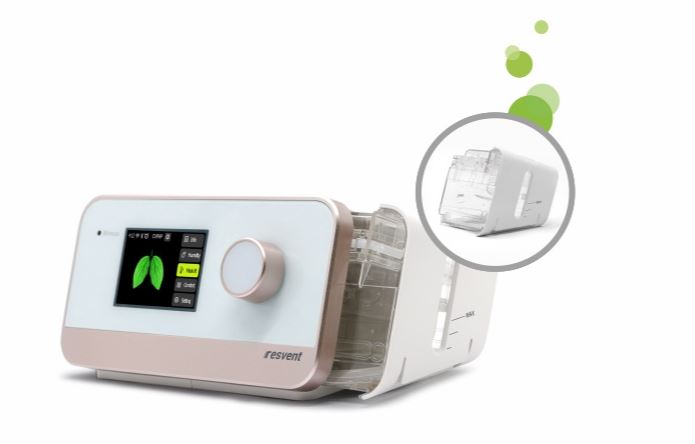
EXCERPT: “As the global supply chain has begun to slowly untangle itself over the past few months, ResMed has finally been able to scale up production of its sleep apnea hardware and start to fill the massive gaps left by Philips and its respirator recalls. But now that Philips is looking to make its return to the market, ResMed says it’s off to the races. We now have full global availability of our connected AirSense 10 platform, while we continue to ramp production and availability across more geographies of our AirSense 11 platform,” ResMed CEO Mick Farrell said in the company’s earnings release. “The bottom line is this: We can now support global customer demand for CPAP and APAP devices to serve the entire sleep device market. ResMed has worked to capitalize on that opening for well over a year, but the production of its internet-connected machines was largely hampered by a pandemic-fueled global shortage of computer chips, which has affected nearly every industry that relies on the electronic components.”
OUR COMMENTS: Our focus at Everything CPAP has been and continues to be on our patients’ safety, wellness, and comfort, with the mission of a good nights’ sleep. In aligned with our mission, we strive to keep our patients and the CPAP users in general updated with recalls, manufacturer corrections, and new device and equipment launches. We have created a page with recall information. And we continue to offer multiple CPAP device brands (that our staff has fully researched and vetted) to our patients so they have choice, alternatives and supplies in the case of ongoing or future recalls. (See our inventory of CPAP Devices)
In Conclusion:
At Everything CPAP, we are Idaho’s number one CPAP solution center. Why? The owners and employees of Everything CPAP are dedicated to the improvement and extension of our patient’s lives through personalized care, use of state of the art equipment, constant innovation, and clinical research. Our continued vision is to serve the people of the greater southwest Idaho region with a comprehensive approach to sleep apnea care through the integration of education, instruction, clinical research, excellence in follow up, and a personalized approach to treatment.








